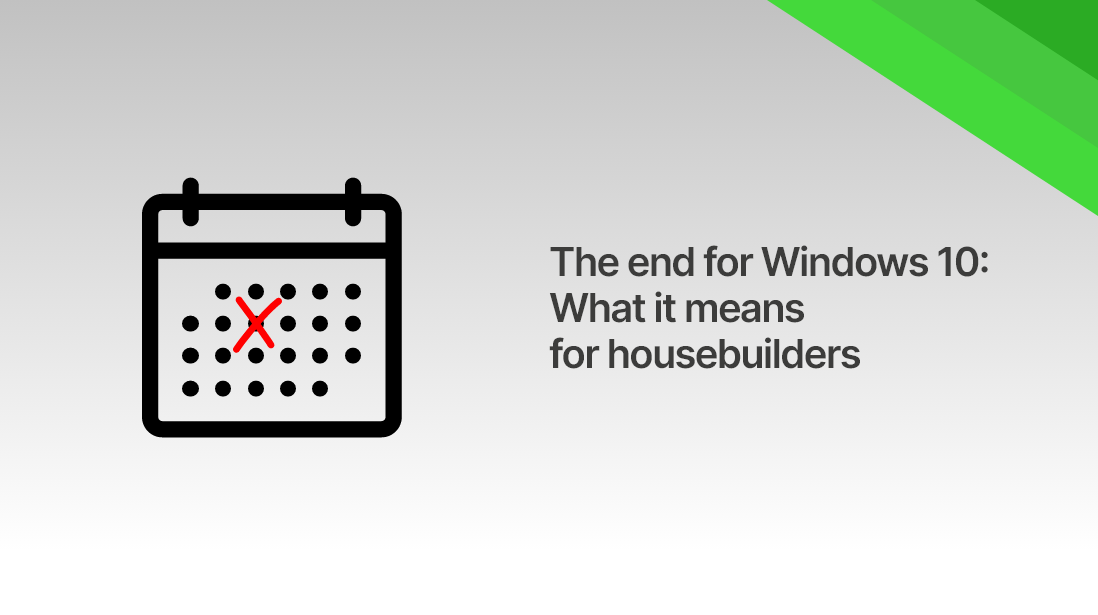Rightmove House Price Index: October 2025 Market Overview
The UK housing market remains resilient, but the usual autumn bounce in prices has been subdued. The national average asking price rose by just 0.3% in October to £371,422—well below the ten-year average October increase of 1.1%. This modest rise reflects a decade-high level of property for sale, which is limiting sellers’ pricing power.
Market activity in September softened compared to the same period last year, which was boosted by the first Bank Rate cut in four years and buyers moving early to avoid April 2025’s stamp duty increase. Both new buyer enquiries and new sellers coming to market were down 5% year-on-year for September. However, looking at 2025 so far, new buyer demand is up 2%, and both new sellers and agreed sales are up 5% compared to the same period in 2024.
Regionally, London and the south of England have seen annual price falls, dragging the national average down by 0.1% year-on-year. In contrast, Scotland, Wales, and the rest of England have all seen annual asking price rises of at least 1%. The south is particularly affected by higher stamp duty, increased property choice, and some uncertainty ahead of the Budget.
Mortgage rates have plateaued, with some signs of gradual drops expected soon. While affordability has improved compared to last year, many buyers are waiting for clarity from the upcoming Autumn Budget before making decisions. London remains subdued, but experts anticipate it will regain momentum once confidence returns.
Housing Secretary Pledges Accountability Over 1.5 Million Homes Target
Housing Secretary Steve Reed has declared that his job should be “on the line” if the government fails to deliver its ambitious pledge to build 1.5 million new homes in England by 2029. The target, a key part of Labour’s manifesto, has drawn widespread scepticism from housing experts and industry leaders.
Speaking to BBC Panorama, Reed insisted he would “absolutely” meet the goal, despite warnings from Professor Paul Cheshire and Neil Jefferson of the Home Builders Federation that the target is increasingly out of reach. Cheshire said there was “absolutely no way” the government would succeed, while Jefferson pointed to stagnating housebuilding rates—currently around 200,000 homes per year, far short of the 300,000 annual requirement.
Reed outlined a series of reforms aimed at accelerating development, including mandating councils to adopt local plans within 30 months, boosting funding and training for planning authorities, and giving himself more powers to intervene in rejected housing schemes. He also highlighted proposals to redefine parts of the green belt as “grey belt” land—areas of low ecological or social value that could be repurposed for housing.
However, critics argue that the reforms lack clarity and legal strength. Professor Cheshire warned that leaving grey belt definitions to local authorities would invite lobbying and delay, undermining the initiative’s potential. With fewer than a third of councils currently holding up-to-date local plans, the road to 1.5 million homes remains steep.
Labour MPs Call for Urgent Action on London’s Housing Crisis
A growing number of Labour MPs and ministers are urging Mayor Sadiq Khan to take stronger and more decisive action to tackle the affordable housing crisis in London. With the capital facing mounting pressure from rising rents and a shortage of social housing, party members are warning that current efforts are not meeting the needs of low- and middle-income Londoners.
Backbenchers have called for reforms to planning regulations and a significant increase in funding for social and affordable housing developments. They argue that without bold intervention, the housing crisis could undermine Labour’s credibility ahead of the next general election.
In response, Sadiq Khan defended his record, pointing to the constraints imposed by limited powers and funding from central government. He highlighted the progress made under his leadership but acknowledged the scale of the challenge. The debate reflects growing tensions within the party, as members push for more ambitious solutions to one of London’s most pressing issues.
McTaggart Construction Sees Turnover Surge Despite Profit Dip
Ayrshire-based affordable housing specialist McTaggart Construction has reported a significant rise in turnover for the year ending 31 March 2025, climbing from £64.8m to £90.4m. This marks a £26m increase year-on-year and brings the company’s revenue back in line with its 2023 performance of £84.2m.
Despite the revenue boost, pre-tax profit dipped slightly to £5.2m, down from £5.4m in 2024 and £6.4m in 2023. The company’s profit margin also narrowed to 5.7%, compared to 8.3% the previous year.
Managing Director Janice Russell attributed the sustained margin performance to internal process improvements and praised the workforce for embracing change. The company’s headcount rose from 131 to 152, reflecting its continued investment in staff development and training.
Russell also highlighted McTaggart’s healthy two-year order book and expressed optimism about the Scottish Government’s recent pledge to invest £4.9bn in affordable housing over the next four years. The firm is now exploring opportunities beyond its traditional affordable housing remit.
However, the year wasn’t without challenges. McTaggart was fined £215,000 following a serious health and safety incident in 2022, where a roofer was permanently injured after falling from a cherry picker struck by a bus. The company pleaded guilty to breaches of safety regulations at Glasgow Sheriff Court earlier this month.
Despite this, McTaggart remains focused on controlled growth and diversification, positioning itself as a resilient player in the affordable housing sector.




